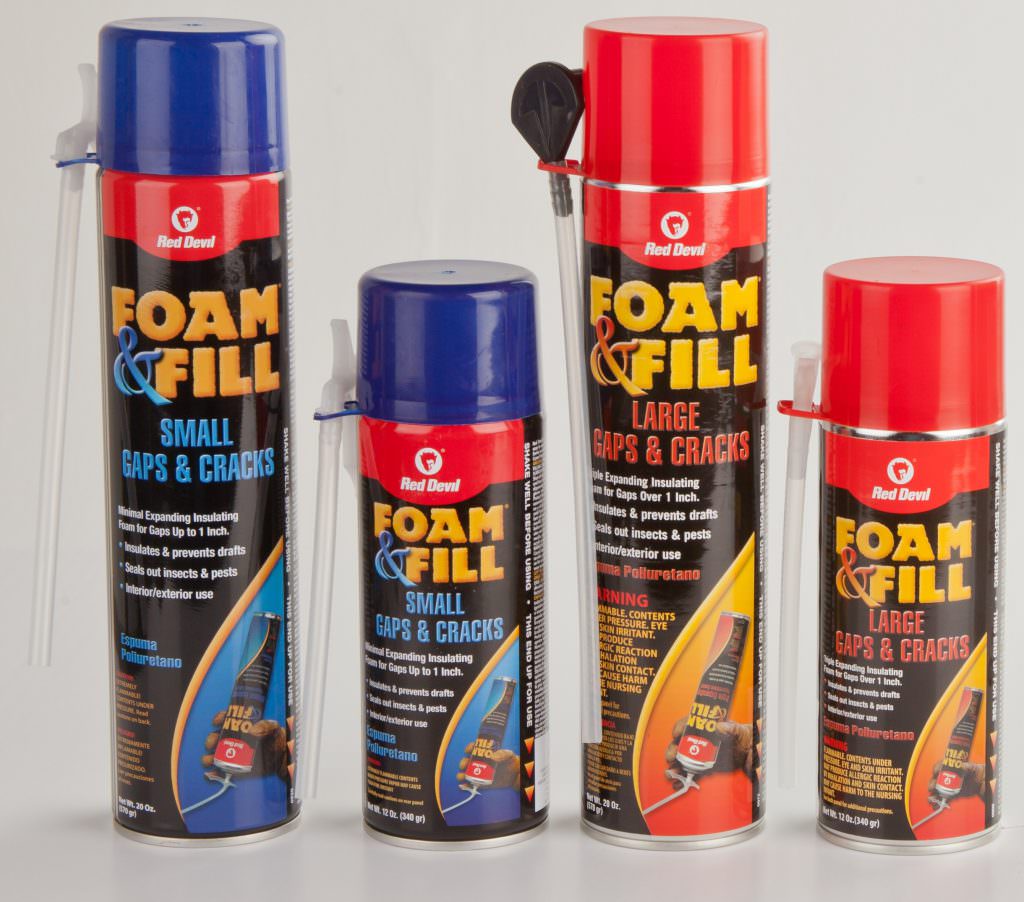There are many options for foam insulation, but selecting the right type can determine the success of your project. It can be tough to choose the right product without understanding the common terms you see on the back of foam product labels. This guide offers you a crash course in understanding what you need to know to help you select the right foam for your project's needs.
What is the difference between open and closed cell foam insulation?
Closed cell and open cell foam are both great options to insulate a home but they operate in different ways. In a nutshell, the open and closed cell label refers to the structure of the small bubbles, called cells, used in the foam. Although it may not be as visible to the naked eye, the cell makeup has a huge effect on how each product performs and its benefits and drawbacks.

What you need to know about open cell foam
- Open cell foam is made up of cells that are intentionally left open, which results in foam that is softer and more flexible.
- Open cell foam typically uses less resources during its manufacturing process so at times it can be less expensive.
- Open cell foam can block air movement, but not water vapor.

What you need to know about closed cell foam
- Closed cell foam is made of cells that are fully closed and packed tightly together. This results in foam that is more rigid and stable than open cell foam.
- Closed cell foam can block air movement and water vapor.
Comparing Open and Closed Cell Foam
Density
Due to the cell composition, closed cell foam is typically much denser than open cell foam. Most open cell foam has a density of .5 to .75 pounds per cubic foot, whereas closed cell foam can be over three times denser at about 2-3 pounds per cubic foot. The difference in density also affects the consistency of the foam. Less dense open cell foam has a soft, cushion-like consistency while closed cell foam is substantially harder and more rigid.
R-value
A foam’s R-value is determined by its resistance to heat flow. Higher resistance typically results in better insulation. Closed cell foam usually has a R-rating of 6 per inch versus open cell foam’s typical 3.5 per inch R-value.
The benefits of open cell foam
Open cell foam is recommended to be used for structures in cooling climates where it stay is relatively warm outside. Its composition allows air and moisture to pass through it so that when condensation takes place, the foam drys and doesn't hold the moisture, which could result in mold and rot. Open cell foam is also said to be excellent for soundproofing because its low density allows it to flow into hard to reach nooks and crannies in a structure.
The benefits of closed cell foam
Its density allows it to be highly effective at insulation. Its rigidity also can impact the structural integrity of a building, adding an additional layer of strength. The closed cell construction also acts as a vapor barrier, making it more difficult for water and moisture to pass through it.

Need to purchase a polyurethane spray foam? Try products like Red Devils Foam & Fill® Large Gaps & Cracks Expanding Polyurethane Sealant and Foam & Fill® Small Gaps & Cracks Expanding Polyurethane Sealant.